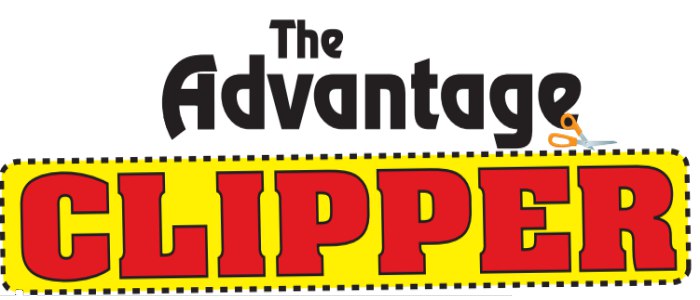The Bottle Show


W h a t started as a family outing with some Tattnall County cousins — Renee, Ottie, and Gracie Lively — turned into a fascinating journey through American history, all told through the lens of antique glass bottles. The Rome Bottle and Advertising Show in Rome, Georgia, just 30 minutes from our Adairsville home, was like stumbling into a most unexpected classroom, where my husband and I, green as grass in the world of bottle collecting, found ourselves soaking up stories of yesteryear.
The vendors were all passionate about bottles and willing to share their wisdom — it felt just like being on the set of PBS’s Antiques Roadshow! We learned that dating bottles is quite the science, with all sorts of telltale signs in the maker’s marks and bottle lips. Those “applied lip” bottles from before 1885 are real beauties, made by adding an extra dollop of molten glass for the lip, leaving what looks like a little glass necklace where it meets the neck. These old-timers often have vertical bubbles trapped in the glass and charming “drippy” effects below the lip. The newer “tooled lip” bottles, showing up after 1885, are more refined, shaped with an iron tool for a smoother finish. Even the bottles’ bases tell a story. The “punt” or round indentation on the bottom of some glass containers, originally a mark left by the metal rod, or “pontil tool,” during glassblowing, has become a deliberate design element in modern bottles. Today, the punt makes a wine bottle look bigger than it actually is — making it look like it contains more wine — and also adds weight, so the vessel feels more substantial in a buyer’s hand.
We happened upon so many soda bottles at the bottle show. Would you believe the story of Koca-Nola? This feisty little competitor gave Coca-Cola a run for its money from 1906 to 1909. They claimed their drink was “dopeless,” but government testing in 1908 caught them red-handed with double the usual amount of cocaine found in those old-time “pick me up” drinks. Yes, you read that right. Coca-Cola originally contained cocaine when it was invented in 1886, being made from coca leaves. By 1903, the company had removed cocaine from the recipe due to concerns about its addictive nature, but it still contained the less addictive caffeine.
“That’s why some folks still refer to Coke as ‘dope,’” one man told us.
The evolution of Coca-Cola bottles is like flipping through a family photo album of American innovation — from those early pale sea-green glass bottles with their blobby lips to clear tapered designs, then back to that pretty sea green with diamond-shaped labels. I’ve always loved vintage Coca-Cola bottles.
I’ve dug up quite a few old bottles on my own property and over at the Lanier Farm outside of Metter. There’s something special about their imperfect charm — those trapped air bubbles make each one as unique as a fingerprint. Whether they once held medicine, milk, or some sort of elixir, these aren’t just bottles — they’re little time capsules of American life.
The five of us walked around the bottle show for about an hour, picking up bottles and talking to the chatty vendors. Our time there ended when cousin Ottie, an avid collector, purchased an old clear bottle. On the front, the bottle read “Statesboro Ice Mfg. Co. Bottlers.”
“I can’t wait to get home and research it,” he said, holding the bottle up for us to see, and I immediately understood his enthusiasm to know the history behind the relic. Each bottle has a story to tell, and Ottie wants to know its story.
We enjoyed seeing our family, walking around the show, and learning all sorts of weird things about bottles and glass, like this piece of trivia: Ever wonder why some folks call Coca-Co- continued from page
la and other sodas, “pop”? Well, it seems that the word describes the sound made when someone opened an old bottle. Pop! Way back in 1812, an English poet named Robert Southey used the term to describe the sound of removing a cork from a bottle of something kind of like ginger beer and kind of like soda water. Thus, pop, can refer to the soda or cola itself, all these years later. Now if that’s not a conversation starter, I don’t know what is! It’s these kinds of details — and stories — that make bottle collecting not just a hobby, but a fun form of historical preservation.






out of
Posted on